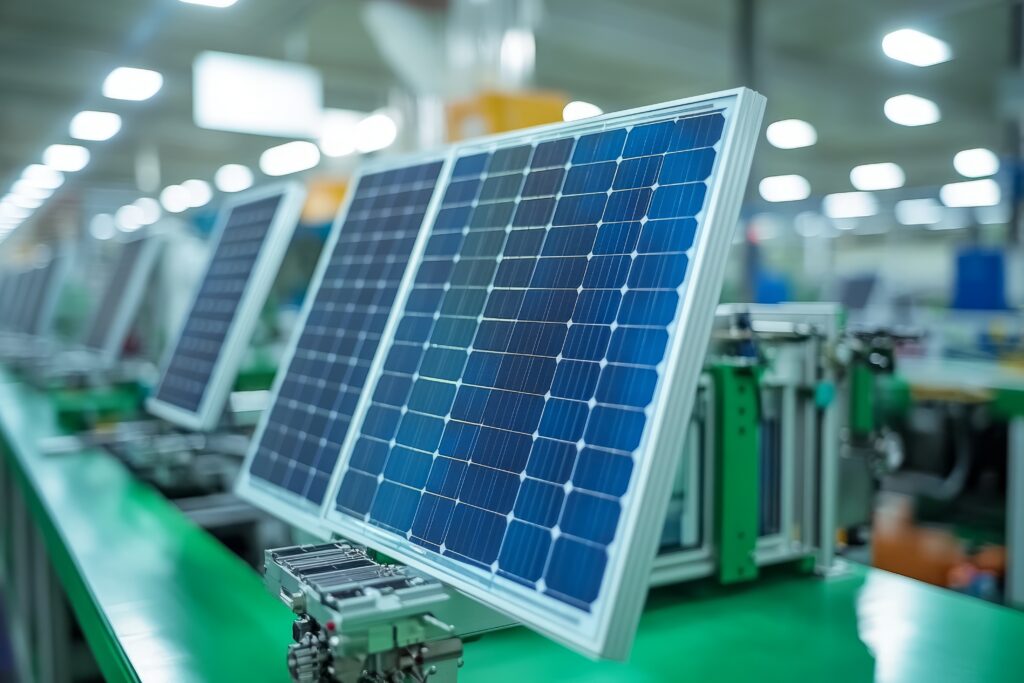



In recent years, the solar energy industry has undergone significant changes, primarily influenced by the fluctuating landscape of solar module imports and the increasing push for local manufacturing. Governments worldwide are placing more emphasis on reducing dependency on foreign imports while fostering local production to sustain economic growth, job creation, and energy security.
The Current State of Solar Module Imports
Many countries have relied heavily on importing solar modules from leading manufacturers, predominantly based in Asia. Nations like China have dominated the market, making it difficult for local companies to compete due to lower production costs. In the United States, for example, there has been a considerable surge in imported solar equipment over the past few years. According to a recent report by the Solar Energy Industries Association (SEIA), around 80% of solar modules installed in the U.S. are imported.
This reliance on imports carries various risks, including supply chain disruptions, tariff increases, and changes in trade policies that could lead to sudden price spikes. Moreover, countries are beginning to face scrutiny over carbon footprints associated with manufacturing locations across the globe, prompting a re-evaluation of sustainable practices in supply chains.
The Push for Local Manufacturing
To mitigate these risks, the focus has shifted toward local manufacturing of solar panels. Governments are rolling out incentives and policies designed to boost domestic production capabilities. Local manufacturing not only reduces reliance on imported modules but also promotes job creation and boosts local economies.
A prime example of this initiative can be observed in the United States, where the Biden administration has encouraged investments in local solar manufacturing. The introduction of tax incentives and grants aims to stimulate new production facilities, thus creating thousands of jobs and fostering innovation in solar technologies.
Countries like India are also aggressively pursuing self-sufficiency in solar module manufacturing. The government has set ambitious targets under the “Atmanirbhar Bharat” (self-reliant India) initiative, emphasizing local production to address energy demands while minimizing imports.
Benefits of Local Manufacturing
By focusing on local solar module production, nations can reap several benefits:
-
Job Creation: Local manufacturing leads to the establishment of new jobs within the renewable energy sector, contributing to broader economic growth.
-
Supply Chain Resilience: Reducing dependency on imports lessens the risks associated with international trade disputes and supply chain disruptions.
-
Environmental Impact: Building solar panels locally helps minimize carbon footprints associated with long-distance transportation and manufacturing practices.
-
Economic Growth: Investing in local production generates economic activity within communities, often leading to increased investments in energy efficiency and sustainability initiatives.
Challenges to Overcome
While the efforts to boost local solar manufacturing are promising, several challenges remain, including:
-
Initial Investment Costs: Establishing production facilities typically requires substantial capital investments, which can deter potential investors.
-
Technological Expertise: Developing local production capabilities demands a skilled workforce proficient in advanced manufacturing techniques. Training programs and partnerships between educational institutions and industry players will be vital.
-
Market Competition: Local manufacturers will need to produce modules that are cost-competitive with imports, necessitating innovations in production processes and cost-reduction strategies.
Conclusion
The landscape of solar energy is rapidly evolving, with a notable focus on reducing reliance on imports through the enhancement of local manufacturing capabilities. As countries strive towards energy independence, the benefits of investing in local production are becoming increasingly clear. Although challenges persist, the push for a sustainable future powered by renewable energy sources like solar will likely drive further innovation and economic growth.
For further insights and updates on the solar energy industry, check out more of our blogs at Andromeda Energy. Here are some relevant blog posts:
- Empower Solar Energy Growth: Unlock the Amazing Benefits in 2025
- Quaid-e-Azam Solar Energy Park Impact on Pakistan
- How Solar Energy Pumps Are Empowering Sustainable Farms
Explore our resources for a deeper understanding of solar innovation and local manufacturing efforts in the renewable energy sector.
enewables – Energy System – IEA

IEA – International Energy Agencyhttps://www.iea.org › energy-system › renewables
Renewable Energy World
Renewable Energy Worldhttps://www.renewableenergyworld.com


Leave a Reply